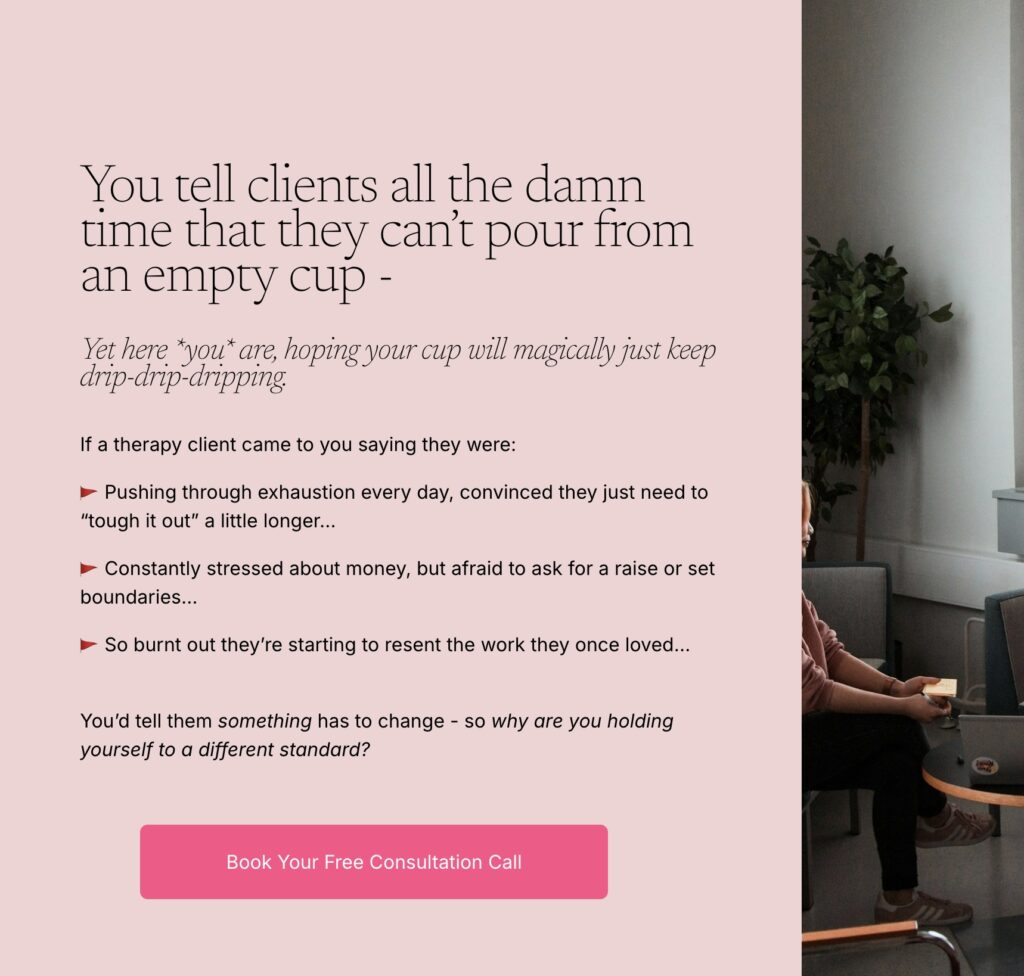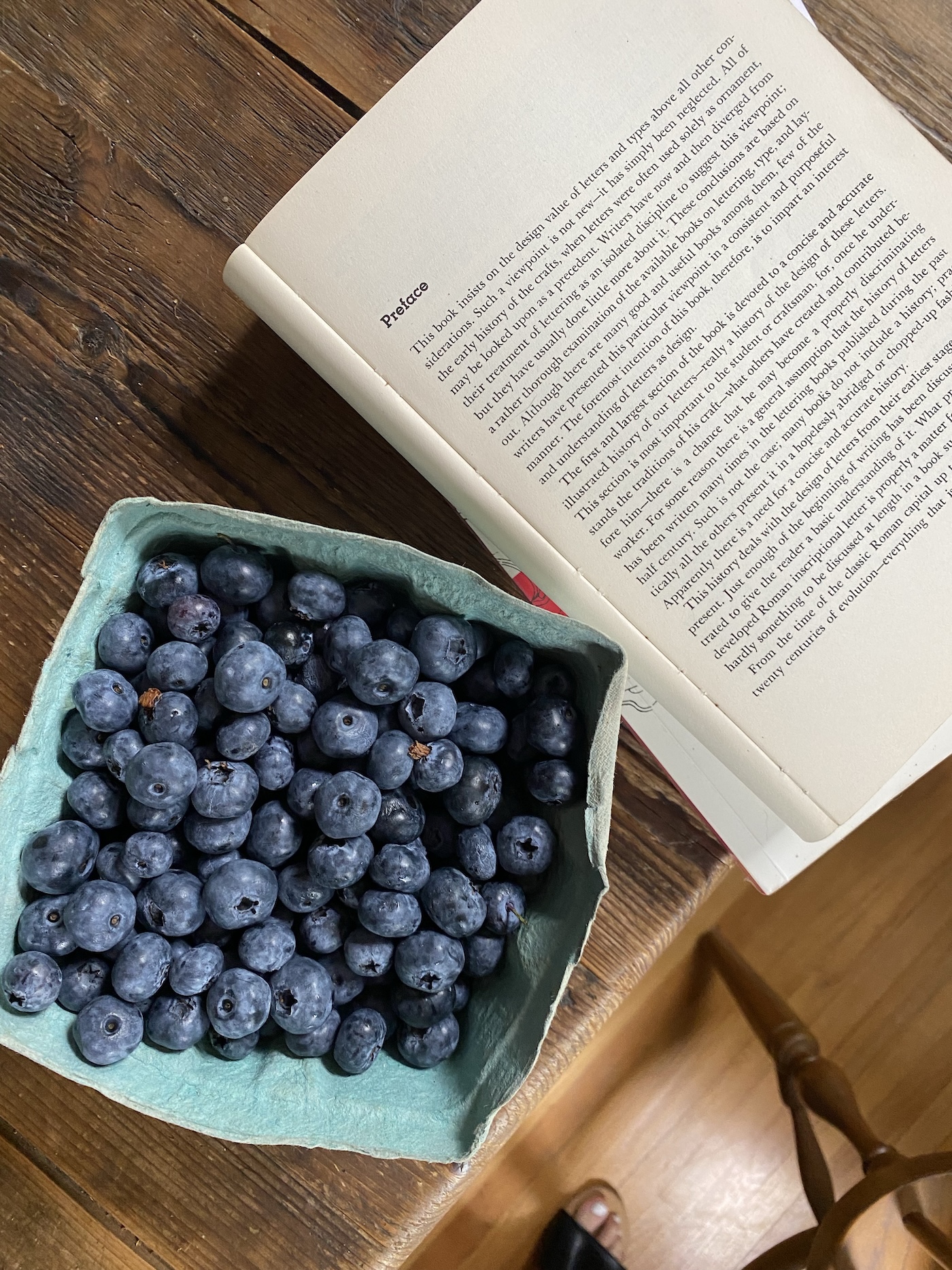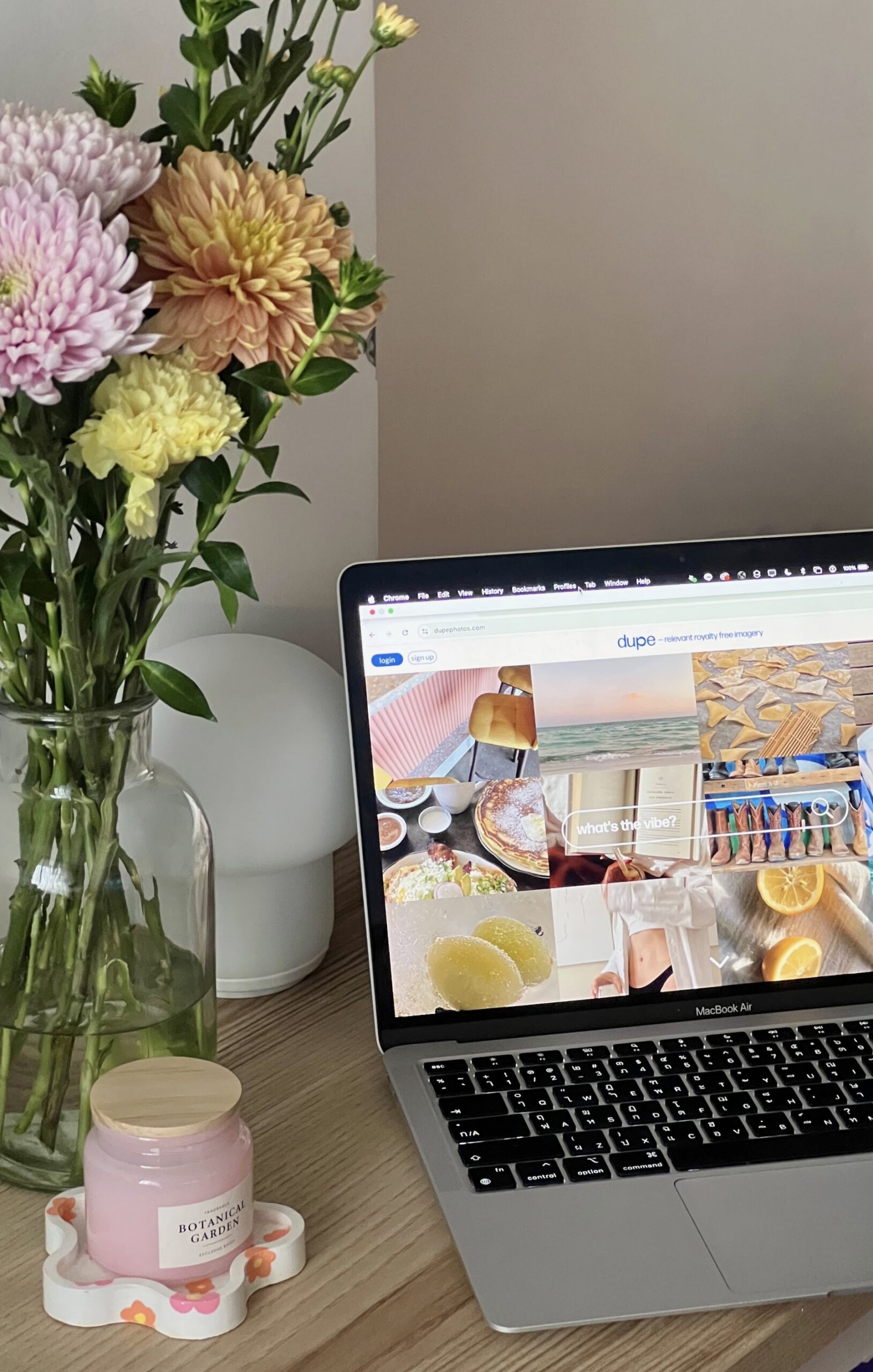If I had a nickel for every time I see someone on Threads asking if sales pages reallyyyy need to be *that* long, I’d have…
Two nickels.
Which isn’t many, but it’s weird that it’s happened twice.
And now that you’ve survived my husband’s best dad joke, I can confidently tell you what I *really* came here to say:
Long-form sales pages aren’t dead, and they never will be.
But before I can tell you why, I need to tell you…
The Difference Between A “Sales Page” And Any Other Page Of Your Website
When it comes to your website, different pages have different purposes.
Your homepage’s job is to give people an overview of who you are, what you do, and how you can help – and get them to stay on your website and pick a path to explore.
Your about page establishes you as the best possible guide for their journey.
Your contact page seals the deal and gets the final inquiry.
Your sales page is where a big commitment takes place – whether it’s to join your program, buy your course, or attend your retreat.
What’s the difference between a services page and a sales page?
This varies by copywriter *and* website designer – here’s my take:
- A “services page” encourages an inquiry, AKA a potential commitment
- A “sales page” actually gets that commitment
Services pages…
- Focus on getting the reader to reach out and inquire about working together
- Highlight a service (or multiple) provided to the reader
- Represent the first step in a working relationship with your reader (as they become your client)
- Can offer alternatives, like a secondary service, a product you sell (that may also meet their need), and any kind of “middle ground”
Sales pages…
- Generally have the goal of immediate action (in the form of a purchase)
- Highlight a product sold to the reader
- Are not necessarily associated with building a direct, 1:1 relationship
- Are laser-focused on making the sale right then and there – to the point where most don’t even have your main menu/navigation on them (and rightfully so, according to the data)

Sales pages are longer than other pages of your website, because they have the biggest job to do.
If someone’s inquiring, they’ve seen enough from your website to address their main objections, understand what you do, and want to learn more. They might still have some questions before they’re ready to commit, but they’re willing to take the time to ask you the questions on a call or in an email.
If someone’s buying your offer on the spot, they need to have the confidence to actually DO it – and your page is responsible for giving them that confidence.
They need to know:
- What your offer is
- What they get (deliverables, format, details)
- What they REALLY get (the benefits they’ll achieve with all of the above)
- The answers to their questions
- Why their objections and hesitations aren’t actually a problem
- How much your offer is
- Their options for payment plans
- Why they should trust you
- Why this offer is a better option than other, similar offers
- What will happen when they buy your offer
- What might happen if they don’t
- Why they need to buy your offer NOW
(See how that list is longgg? That’s why the best sales pages are, too.)
How many words should you aim for on a sales page?
Okay, so maybe that was a trick question… because the answer is really just as many as it takes.
When I say sales pages should be longer, I NEVER mean they should be fluffy, boring, or repetitive – but they do tend to be longer because they have WAY more ground to cover.
With sales pages (and all pages), it's less about the length and more about how you use it 👀 so use it wisely instead of focusing on a specific word count.
But since I know the girlies want a concrete answer, you can stalk these two pages I wrote & their word counts to get a feel for it all:
- The Comma Mama's Pod To Blog Program (page word count: 2400)
- Empowering Therapists' Private Practice Accelerator Program (page word count: 3000)
Do people really read long sales pages?
You bet your ass they…might.
Because no, not everyone will read every word of your sales page – and actually, that’s not even the goal.
Some people will skim it for the headings – which is why good design is just as important as good copy.
Some people will be sold after the first section – which is, honestly, ideal. What a mood.
Some people will ‘X’ out immediately, because they can tell it’s not for them – WHICH IS ALSO OKAY, because we don’t want them to waste their money and we do want you to have aligned buyers/students/members!
Some people will need to read more of the page – which is exactly who we’re writing all these sections for.

The design of your page ensures that people can find and take what they need – but the copy is what actually gives them what they need to be ready to buy.
Your copy sells them on whatever it is you’re selling (and you need it before you hire a designer or start designing, so that you’re not working in circles)… but your design makes it easy for them to find what they actually need on the page, to skim around, to stay focused if they want to really dig into a certain section.
You! Need! Both!
And if you're ready to partner with a copywriter (who can, of course, recommend a designer as well) who will write you a perfectly-balanced, casual-yet-compelling, add-to-cart-worthy sales page…
On a roll with sales pages, or want to stalk some that I've written?
>> Visit my portfolio for my favorite sales page examples.
>> Stalk my copywriting services for sales page project details!
>> Email me at amy@hellococreative.com to ask questions about your specific product/sales page.






